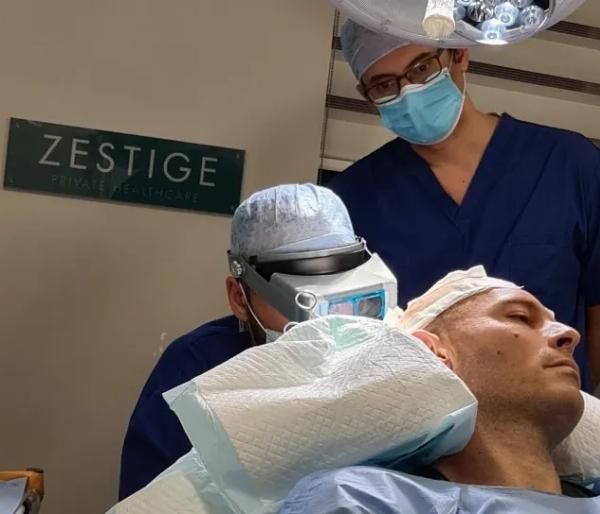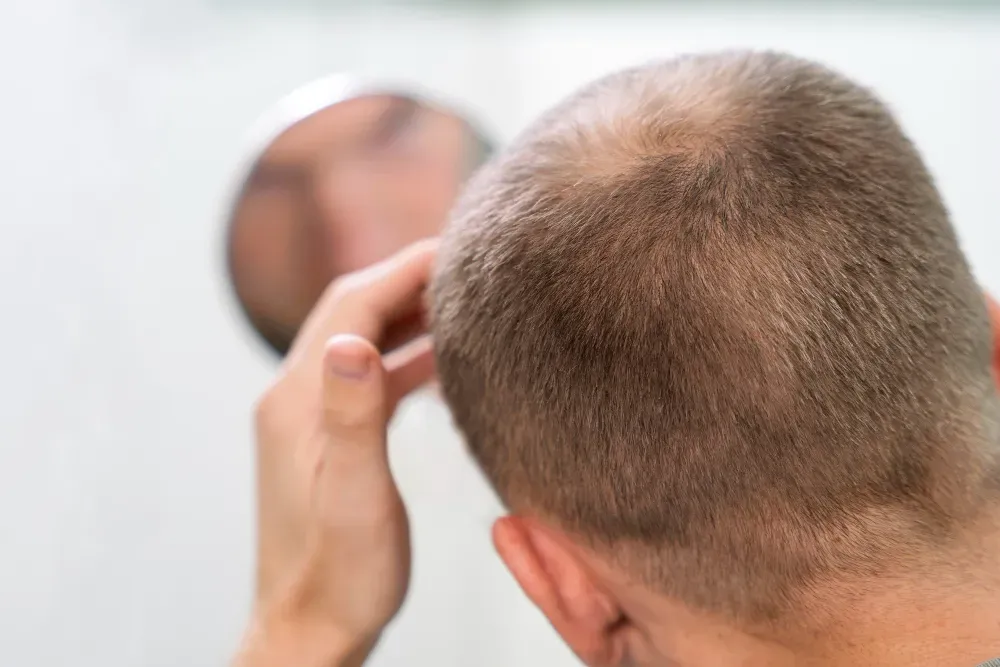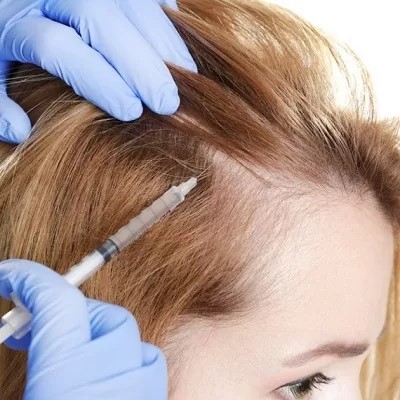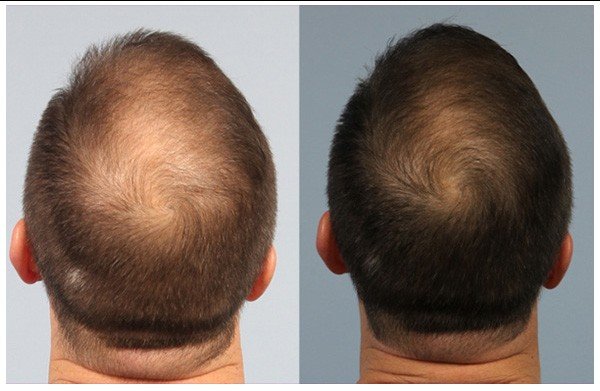 Get SEO-Optimized Articles – Written for Humans, Loved by Google!
Get SEO-Optimized Articles – Written for Humans, Loved by Google!
Post-FUE Hair Transplant: What to Expect in the Hair Growth Cycle
Written by Brindon Bagirathan » Updated on: June 17th, 2025

With modern techniques, a hair transplant can be done in just one day. However, for most patients, the hardest part isn’t the treatment itself—it’s waiting for the results. Understanding the hair growth cycle after a Follicular Unit Extraction (FUE) hair transplant is important for setting realistic expectations and managing the recovery period effectively. This blog will explain what you can expect from your hair growth cycle after an FUE transplant and give you an idea of the hair transplant timeline.
Understanding the Hair Growth Cycle
To understand how your hair might grow after an FUE hair transplant, you need to first understand the hair growth cycle and how each strand grows.
1. Anagen Phase (Active Growth)
The time when hair is actively growing is called the anagen phase. During this phase, cells in the follicle’s bulb rapidly divide, causing the hair to grow an average of 1cm every four weeks. When your hair is healthy and not experiencing thinning, about 90% of it will be in this phase at any one time, and it will remain in this phase for around 2-7 years.
2. Catagen Phase (Transitional Period)
After the anagen phase, hair enters the catagen phase. This is a short transitional period where growth begins to slow down and eventually stops. This stage lasts roughly 2 to 3 weeks.
3. Telogen Phase (Resting and Shedding)
The telogen phase is the resting period where the hair follicle is dormant. The hair eventually breaks free and falls off. This phase lasts for about 3-4 months. Hair loss and thinning occur when this cycle is disrupted, meaning hairs spend less time in the anagen phase.
Hair Growth Cycle Post-FUE Transplant
After an FUE hair transplant, your hair will continue this exact cycle, meaning it will grow at the same rate it did before being transplanted. However, the hair transplant timeline involves several stages of shedding and regrowth that patients need to understand.

Immediate Results and Shedding Phase
Immediately after the FUE procedure, you’ll be able to see your new hairline. However, it will take a little while longer to reap the benefits of your final results. A few weeks following treatment, most patients will discover that they are losing some of the recently transplanted hair. This shedding is completely normal and is due to the follicle being temporarily starved of its blood supply. The follicle and graft remain intact, and new hair growth typically begins around three to four months after any initial shedding.
Detailed Timeline of Hair Growth Post-FUE
Day 1 Post-Transplant
On the first day after your FUE hair transplant surgery, you’ll usually be asked to wash your hair extremely gently to remove any remaining blood. Expect some soreness, numbness, and oozing from the recipient area.
Day 2 Post-Transplant
You may feel tenderness in the donor area and tightness in the treated area. It is recommended to remain sleeping upright and continue to spray the transplanted area at regular intervals.
Day 5 Post-Transplant
After five days, you can gently wash your hair using warm water and mild shampoo, such as baby shampoo.
Week 1 Post-Transplant
By the end of the first week, any swelling or redness should have reduced. Scabbing may still be present but will begin to subside.
Week 2 Post-Transplant
By the tenth day, your transplanted hair grafts should be firmly in place, allowing any residual crusting to be gently rubbed off. You may notice the transplanted hairs beginning to shed, which is entirely normal. You can return to your usual shampoo, brushing, and combing routine and get a haircut if desired.
Week 3-4 Post-Transplant
During this period, transplanted hair will often continue to shed, and you may look very similar to your pre-procedure self. This is a critical phase in the hair transplant timeline as it may seem like no progress is being made, but rest assured, this is part of the process.
Month 1-5 Post-Transplant
The transplanted hair will regrow, normally a bit finer than before but getting thicker over the course of the months. Hair transplant after 2 months will show initial signs of growth, though not fully visible results.

Month 6-12 Post-Transplant
During this time, your hair will continue to grow and thicken, frequently changing in texture. Most patients will begin to see something resembling their final result during this period.
Year 1-2 Post-Transplant
Your final results will be visible. Some patients can take up to 18 months to notice the real changes they desire. The hair may continue to improve in density and texture even beyond this point.
Factors Affecting Hair Growth Post-Transplant
Individual Timing: The final outcome of a hair transplant varies for each person. It depends on individual hair growth rates and patterns.
Asynchronous Hair Growth: Hair follicles grow out of sync with each other. This means they will always be in different stages of the growth cycle, so there won’t be a sudden, uniform growth of hair.
Gradual Progress: Because hair follicles are not synchronised, hair growth will appear gradually. You won’t experience a rapid, noticeable change all at once.
Influencing Factors: Several factors can influence the hair growth cycle post-transplant, including:
Individual Hair Growth Rates: Each person’s hair grows at a different rate, affecting how quickly the results become visible.
Hair Growth Patterns: Natural patterns of hair growth can impact the overall appearance of the transplanted hair.
Overall Health: Good health supports better hair growth. Poor health can slow down the process.
Aftercare Adherence: Following aftercare instructions properly is crucial for optimal results and faster recovery.
Aftercare and Support from The Private Clinic
For the best recovery and results, proper aftercare is essential. Following the aftercare instructions provided by your surgeon is essential to ensure a smooth recovery. Regular follow-up appointments will help monitor your progress and address any concerns. The Private Clinic offers 24/7 support to address any questions or issues you may have during your recovery period.
Final Thoughts
Though it sounds cliche, patience is a virtue in the hair transplant world. Even though the procedure just takes a day, a surgeon's competence cannot alter how soon the results manifest, so you should plan on waiting several months to see the whole picture. You may manage your expectations, comprehend the hair transplant timeframe, and remain in close communication with your surgeon and clinic to guide you through the recovery period with confidence.
At Zestige Private Healthcare, we are committed to providing the highest quality care and support to help you achieve your desired results. Our expert surgeons and dedicated staff are here to ensure you are informed, happy, and confident throughout your hair transplant journey.
Note: IndiBlogHub features both user-submitted and editorial content. We do not verify third-party contributions. Read our Disclaimer and Privacy Policyfor details.
Copyright © 2019-2025 IndiBlogHub.com. All rights reserved. Hosted on DigitalOcean for fast, reliable performance.












